#lycoperdon perlatum
Text
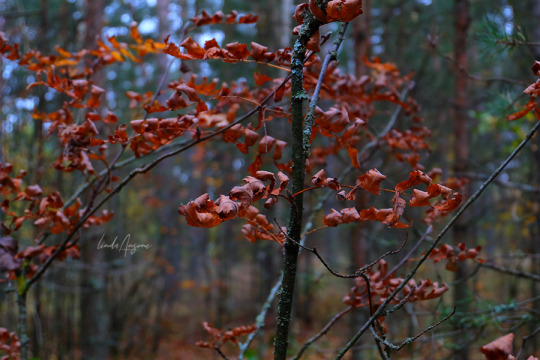

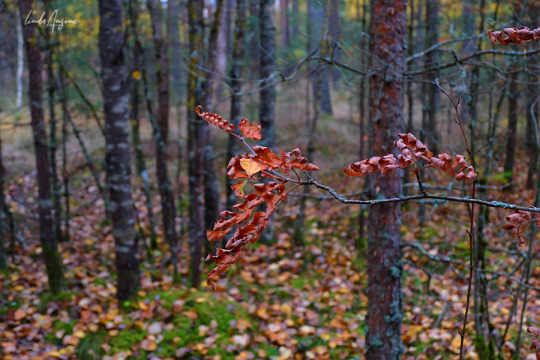

#fall#autumn#autumnal#woods#forest#mushrooms#fungi#russula#warted puffball#lycoperdon perlatum#nature#naturecore#nature photography#original photographers#photographers on tumblr
516 notes
·
View notes
Text

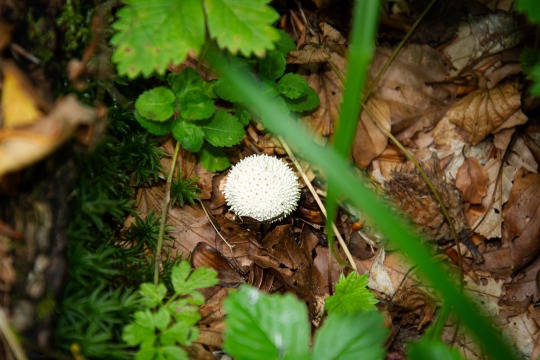

#nature#nature photography#spring#flowers#puffballs#lycoperdon perlatum#romania#oxalis acetosella#macrisul iepurelui#woods#green aesthetic#adventure#unacunatura#photographers on tumblr#may walks#white flowers#spring aesthetic#muntii bucegi#mountains#green#leaves#moss#forest trees
23 notes
·
View notes
Text
It's not Funguary, but I was bored and decided to draw mushrooms from photos, most of which I had saved for the challenge

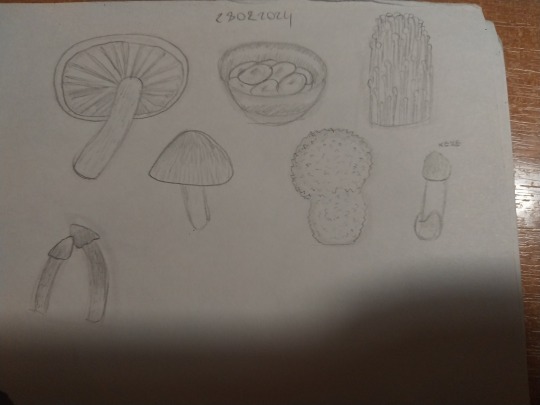
I'm planning to draw mushrooms that match my OCs, but I haven't decided yet how this will be done (You may have seen one of them for 21 days with Giant Puffball)
#artist on tumblr#sketch#mushroom#fungi#boletus edulis#porcini#rubroboletus satanas#satan's bolete#mycena subcyanocephala mushroom#blue bonnet#laccaria amethystina#amethyst deceiver#nidulariaceae#bird's nest fungus#flammulina filiformis#enoki#mycena pura#lilac bonnet#lycoperdon perlatum#puffball#common puffball#phallus impudicus#common stinkhorn#mutinus caninus#dog stinkhorn
8 notes
·
View notes
Text

fuck it, we (puff)ball
my photo, November 4, 2023
#fungi fan club#wild fungi#common puffball#trees and forests#nature photography#mushroom photography#forestcore#woodland#original photography on tumblr#clever i know#Lycoperdon perlatum#mushrooms
7 notes
·
View notes
Text
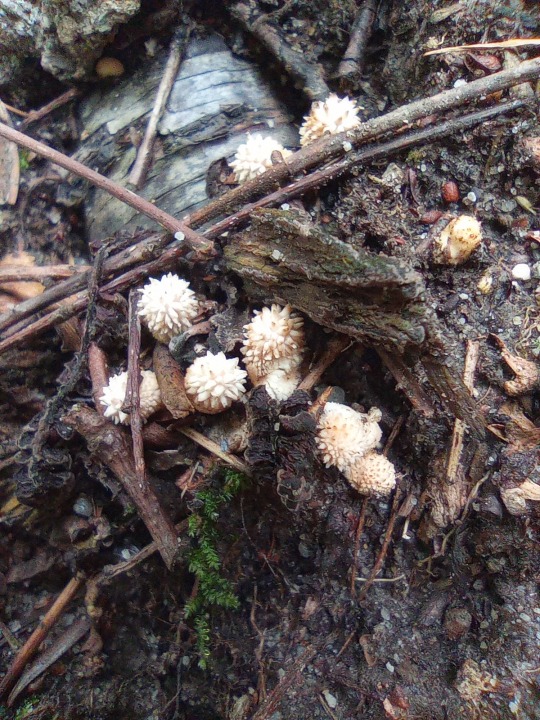
#lycoperdon perlatum#or echinatum#found similar photos tagged as both#mushrooms#that's for sure#autumn
2 notes
·
View notes
Text
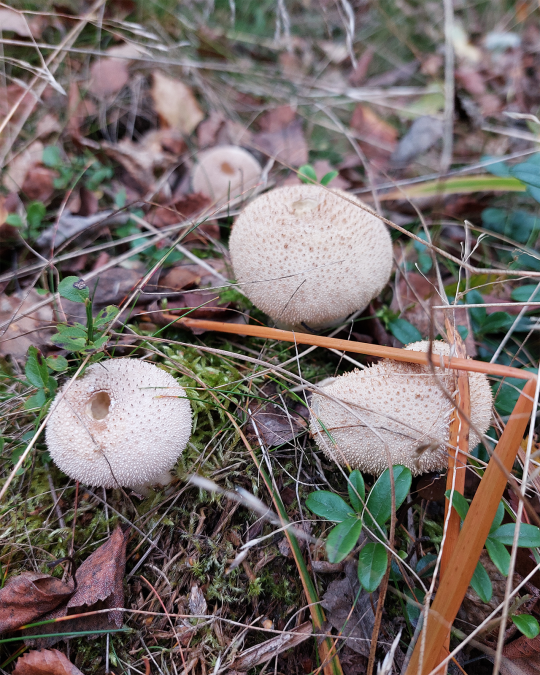
#nature#nature core#nature photography#nature photos#naturecore#original photo blog#north#woods#lycoperdon perlatum#common puffball#warted puffball
5 notes
·
View notes
Text


Tiny puffball! Probably some kind of Lycoperdon; looks most like the photos of Lycoperdon perlatum, the gem-studded puffball.
#Bruce Trail#Cape Chin#Niagara Escarpment#Bruce Peninsula#Bruce County#Ontario#Canada#hiking#hiking trail#forest#trees#wilderness#outdoors#mushroom#mycology#fungus#puffball#Lycoperdon perlatum#probably#maybe#photography#digital photography#DSLR#Canon 6D#photographers on Tumblr
0 notes
Text
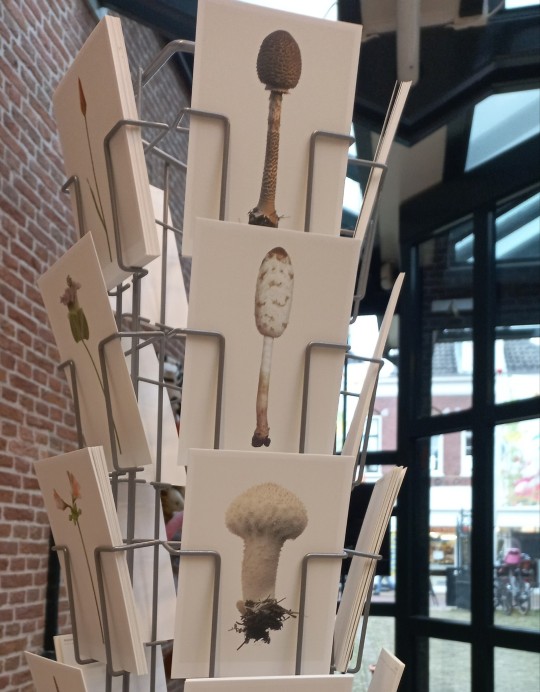
1 note
·
View note
Photo
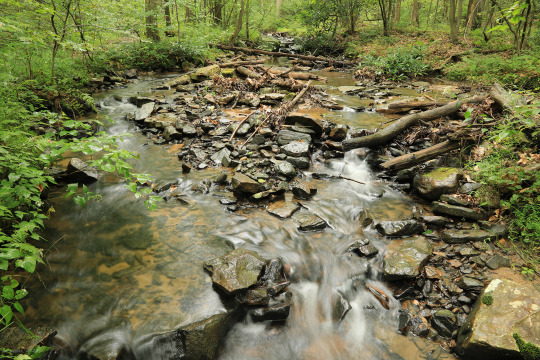
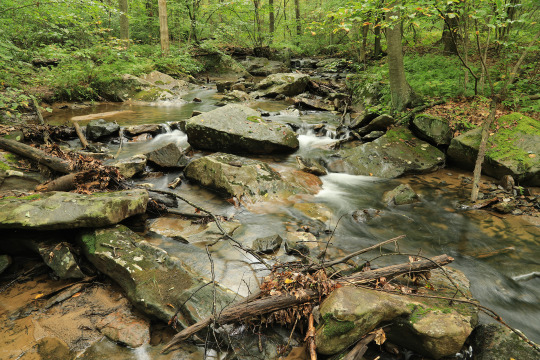

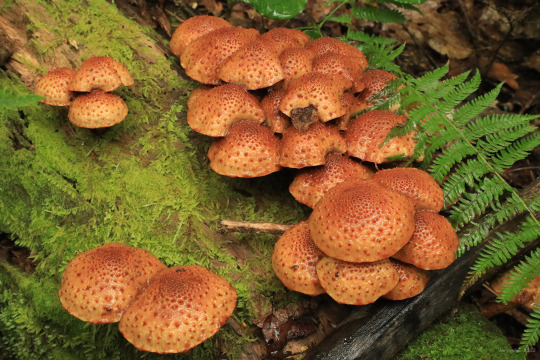
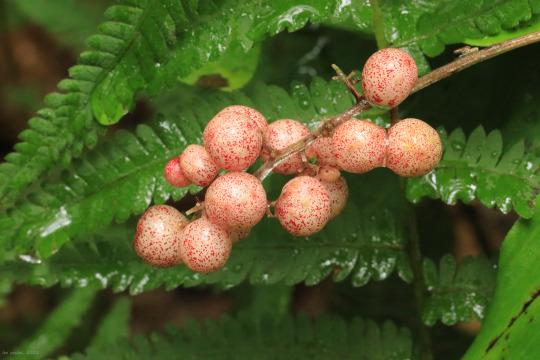
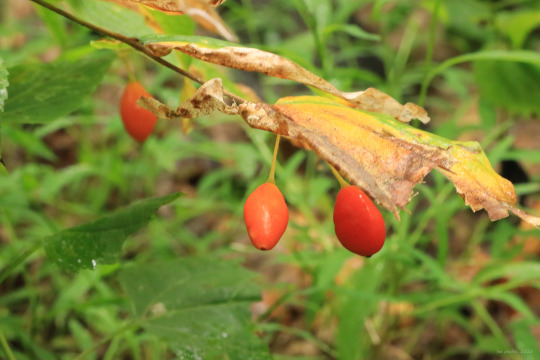
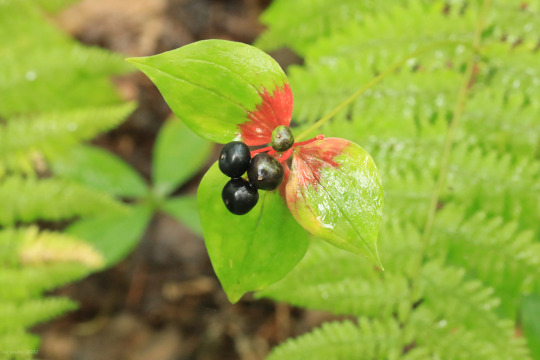
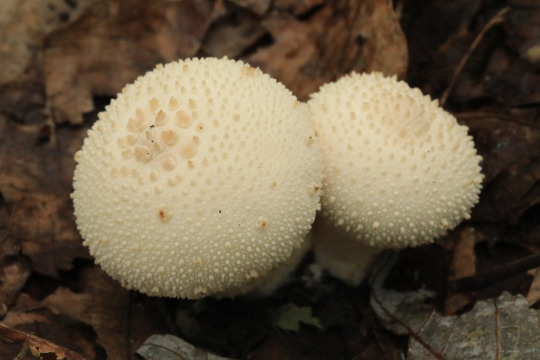
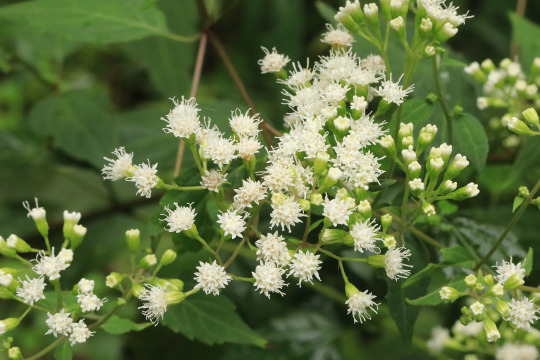

Photos from a walk in Appalachia’s late summer woods. The flowers of spring have now borne their late summer fruit, fungi rule the forest floor, and the intoxicating perfume of dying ferns fills the air.
From top: the incandescent red berries of partridgeberry (Mitchella repens), which illuminate the forest understory wherever its creeping foliage grows; a gorgeous Pholiota cluster, possibly golden pholiota (Pholiota aurivella); the ripening, spotted berries of false Solomon’s seal (Maianthemum racemosum), which will turn bright red by October; the luminous orange-red berries of yellow mandarin (Prosartes lanuginosa), also known as yellow fairybells; the deep purple-blue fruit of Indian cucumber-root (Medeola virginiana); common puffball (Lycoperdon perlatum), just now fruiting in the local woods; white snakeroot (Ageratina altissima), a deadly beauty infamous for diary poisonings in the 1800′s; and bluestem goldenrod (Solidago caesia), also known as wreath goldenrod, an elegant, shade-tolerant perennial unusual among goldenrods in that its flowers grow from the leaf axils rather than from long panicles at the ends of the stems.
#appalachia#vandalia#west virginia#late summer#flora#berries#wildflowers#scott run#scott run trail#coopers rock state forest#mitchella repens#partridgeberry#fungi#pholiota#maianthemum racemosum#false solomon's seal#prosartes lanuginosa#yellow mandarin#yellow fairybells#medeola virginiana#indian cucumber-root#lycoperdon perlatum#common puffball#ageratina altissima#white snakeroot#solidago caesia#bluestem goldenrod#blue-stemmed goldenrod#wreath goldenrod
79 notes
·
View notes
Text


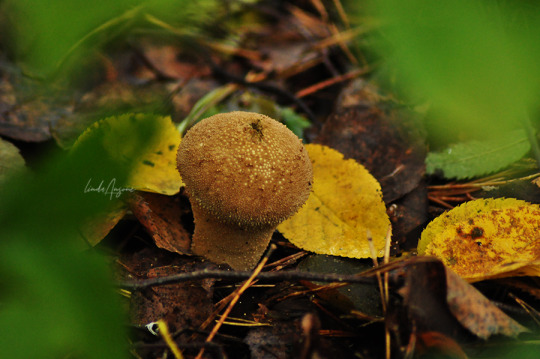
#woods#mushrooms#fungi#puffballs#autumn#fall#nature#naturecore#nature photography#forestcore#original photographers#photographers on tumblr#Lycoperdon perlatum#a lot smaller than calvatia excipuliformis
165 notes
·
View notes
Text
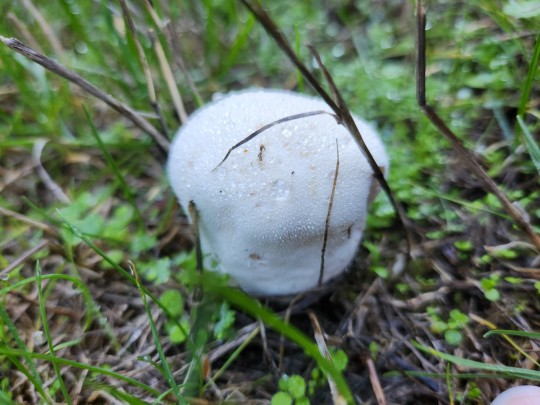

The common puffball/gem-studded puffball (Lycoperdon perlatum) is a pear-shaped edible mushroom. They also seem to have a studded surface, hence the nickname. However, only young fruitbodies should be collected. Young fruitbodies are completely white on the inside with consistent marshmallowly texture. When puffballs are cut in half, there shouldn't be any gills present. (Meaning the shroom in question isn't a puffball) These puffballs tend to grow in groups of 3-10 on average.
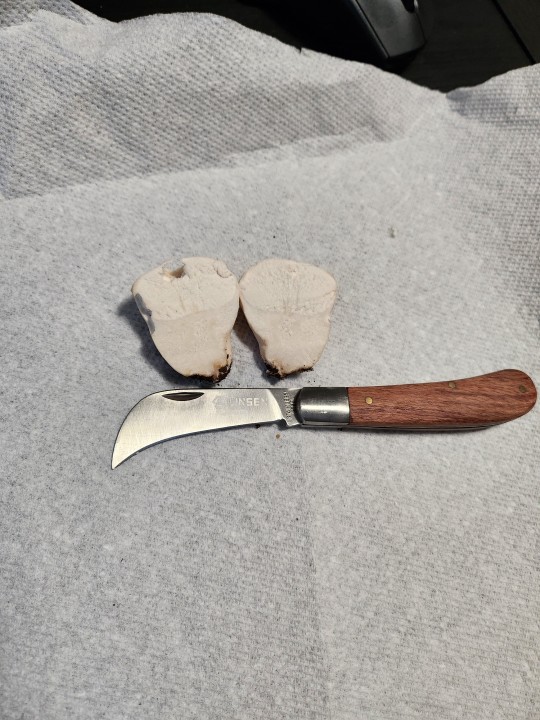
Here is a cross-section of a common puffball found in the PNW. Note the consistent white insides w/o the presence of gills. (Young fly agaric mushrooms can appear to be puffballs, but when cut open, they reveal gills.)
#foraging#forage#puffball#common puffball#mushroom hunting#mushies#mushrooms#puffballs#fungus#pacific northwest#edible shrooms
3 notes
·
View notes
Text

Lycoperdon perlatum
#noseysilverfox#fotografía original#wild fungi#fungi#nature#special interest#woods#грибы#природа#фотоблог#фотография#лес
4 notes
·
View notes
Note
Destroying angel mushroom trans or pan. No context
My autistic self reading this ask:

anywyas! Because of the prementioned tism, I shall add context as mushrooms are a special interest of mine. The destroying angel is a mushroom, a part of the amanita family, it is amanita verna! So is the death cap- amanita phalloides. There's also fly agaric- amanita muscaria (toadstool). All amanita! There are more but these are the most well known. Most of the amanita family are toxic, though amanita muscaria can HISTORICALLY be taken in small amounts as a hallucinogenic. (I do not recommend it though).
Regarding the ask, I'm going to take a wild guess and say that amanita verna is t4t with lycoperdon perlatum. Queer.
2 notes
·
View notes
Text
Real & Edible
Allspice → Allspice
Pimenta dioica, aka allspice
In the game we use the root, IRL we use the dried fruit.
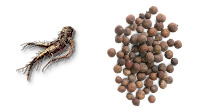
Arenaria → Sandwort
Literal translation (arenaria = sandwort)
There are tons of arenaria species with flowers that look exactly like the ones in the game (Arenaria montana pictured).
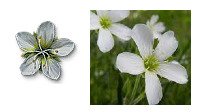
Berbercane fruit → Barberry
Berberis vulgaris, aka barberry

Beggartick → Bidens OR hibiscus
Literal translation (beggartick = Bidens)
In the game the flower doesn’t really look like beggartick, even red cultivated types, but I’m going to stick with the literal name on this one.
In Polish, it’s “Kwiat dwugrotu” which doesn’t seem to be a real thing, but translates to “two-headed flower.”
In the English translation of The Voice of Reason (pt 6) - “Glass reservoirs full of gnarled rhizomes of the hallucinogenic bitip.” Bitip also does not seem to be a real thing. Based on this it’s a swamp plant.
In the first Witcher game, the beggartick looks a lot like a hibiscus. Hibiscus tea has also been said to cause dizziness and hallucinations.
(Pictured clockwise: Witcher 3 beggartick, Bidens ferulifolia, hibiscus, Witcher 1 beggartick).
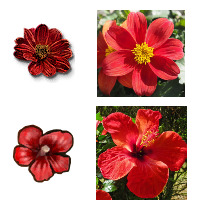
Bison grass → Bison grass
Hierochloe odorata/alpina, aka bison grass, aka sweet grass.
Debatably edible, contains coumarin which is supposedly a blood thinner and can cause liver damage in large quantities. It’s banned from foodstuffs in the USA.

Blowball → Dandelion*
“Dmuchawiec” in Polish, literally dandelion.

Buckthorn → Sea buckthorn
Grows in water in the game, so I assume it’s supposed to be sea buckthorn (which doesn’t actually grow in water, but.. close enough).
In Baptism of Fire, it’s referenced as being in the forest, so it’s probably the tree in the books (brilliant deduction skills). The tree berries, bark, and roots are toxic.

Cortinarius → Cortinarius caperatus
Cortinarius caperatus, aka gypsy mushroom
There are tons of species in the genus Cortinarius, but Cortinarius caperatus is edible and looks like the game version.

Honeysuckle → Honeysuckle*
Lonicera periclymenum and Lonicera japonica are two types of honeysuckle with edible flowers/nectar.
In the game, it looks more like Lonicera sempervirens (coral honeysuckle, pictured).
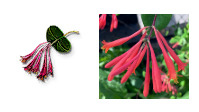
Hop umbels → Hops
Humulus lupulus, aka hop plant.

Moleyarrow → Yarrow*
Is it mole yarrow or moley arrow? The great debate. Yarrow is real and edible.
In Polish “mysichwost” or “storczyka mysichwosta.” English book translation is the "mouse-tail orchid.”
“[...] and the tiger-striped petals of the mouse-tail orchid.” (The Voice of Reason 6).
There IS a mousetail orchid, Oberonia myosurus, but it’s very tiny and doesn’t look like the game version, nor does it have striped petals.
Orchids are edible!
I’ll be using yarrow because it grows where I live and orchids are more difficult/more expensive to obtain.
(Pictured clockwise: in-game harvested moleyarrow, yarrow, yellow orchid, in-game moleyarrow).

Nostrix → Sweet clover
Nostrzyk in Polish = melilotus (sweet clover)
In the game, it looks like ivy. Most ivy are not edible. Ground ivy (creeping charlie) is edible, but I think that conclusion requires more steps (Nostrix looks like ivy → ivy isn’t edible → ground ivy is edible vs nostrzyk → melilotus).
English book translation, “He saw stretches of star-leafed melilote.” (The Voice of Reason 6). Melilote is still sweet clover (though it certainly doesn’t have star-shaped leaves).

Puffball → Puffball*
Puffball mushrooms encompass several genera, including Calvatia, Calbovista, and Lycoperdon. The majority of true puffball mushrooms are edible.
In the game, they don’t look like true puffballs. In polish they are “purchawka” which = puffball.
(Pictured: Lycoperdon perlatum, or common puffball).

Ribleaf → Ribwort*
Plantago lanceolata, aka ribwort.
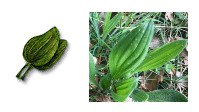
Verbena → Verbena*
All verbena is generally safe to eat (flowers/leaves)
I’ll be using a mix of Verbena hastata (blue vervain), Verbena bracteata (bigbract verbena), and Aloysia citrodora (lemon verbena).
Blue vervain and lemon verbena are common for use medicinally, and I found bigbract verbena in my yard.
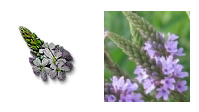
White Myrtle → Myrtle
Fruit, flowers, and leaves of most myrtles appear to be edible.
"White Myrtle” can refer to either Hypocalymma angustifolium (a shrub) or Auranticarpa rhombifolia (a tree).
I wasn’t able to find petals, so I’ll be using leaves from Myrtus communis, the common myrtle.

7 notes
·
View notes
Text
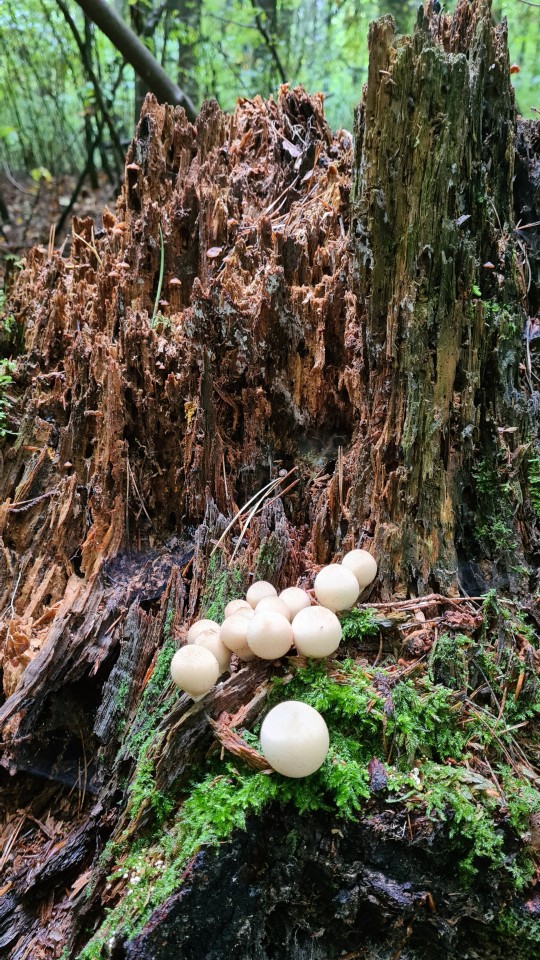
Lycoperdon perlatum
#mushrooms#shrooms#fungi#nature#mushroom photography#nature photography#forest#moss#mycology#forest floor#hiking#foraging#mushroom#food foraging#forest photos#forest bathing#foragedfoods#fungus#shroom
2 notes
·
View notes
Text
Different Edible Mushrooms
Laetiporus sulphureus (Chicken-of-the-woods / Zwavelzwam): vanaf april met een groeipiek in juni. Daarna, vanaf augustus tot en met oktober. Te vinden op eiken.

Boletus edulis (Porcini / Eekhoorntjesbrood / Boleet): juli tot en met november te vinden in dreven en bermen met eik of beuk.
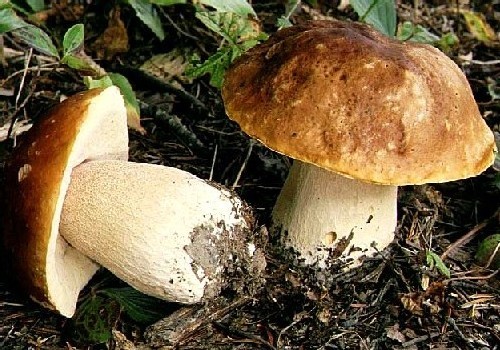
Lycoperdon perlatum (Common puffball / Parelstuifzwam): zomer en herfst in humusrijke grond in loof- en naaldbossen.
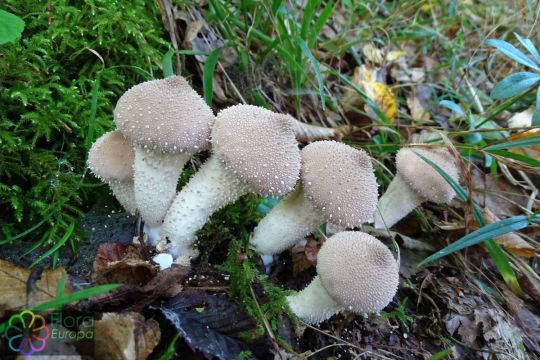
Coprinus comatus (Shaggy ink cap / Geschubde inktzwam): mei tot in november vaak in groepen te vinden op grond die pas is omgewerkt op akkers, weilanden, parken en wegbermen. In de stad op bemest gras.

Cantharellus cibarius (Cantharel / Chanterelle): juni tot oktober in zure zandgrond in naald- en loofbossen bij den, eik, beuk en berk.
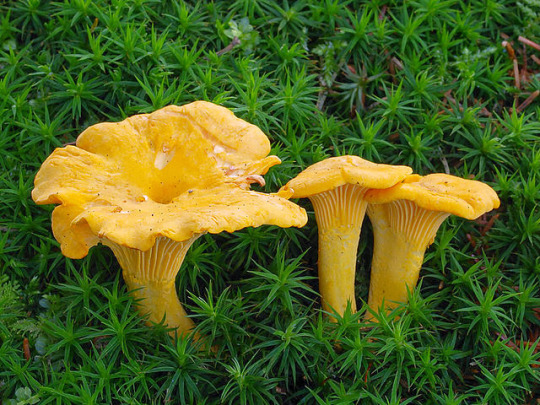
2 notes
·
View notes